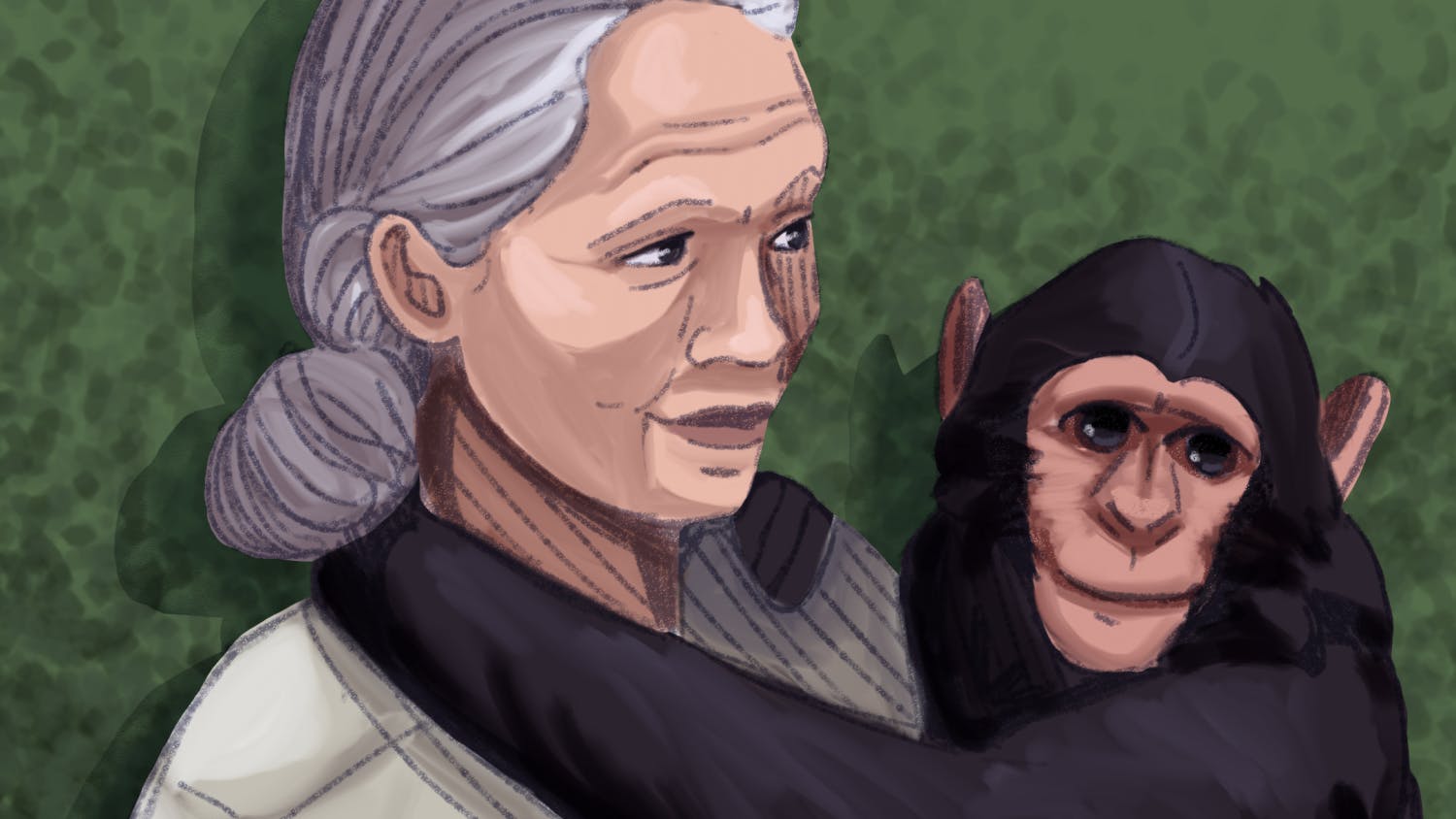With our current level of understanding of the processes of the human brain, attempting to diagnose, treat and identify issues of the mind can be as difficult as launching an expedition into outer space. Just as we have developed many tools over the years to expand our knowledge of the universe, our methods of examination of the interior realm of the brain have similarly been improved upon.
A recent discovery made by UW-Madison researchers Barry Van Veen and Giulio Tononi, working with others from the University of Liège in Belgium, underlines this parallel. Using electroencephalography technology, understanding of the electrical processes in the brain was increased by applying an algorithm developed by Van Veen to the data recovered from participants in the research study.
“It is analogous to a new telescope being developed that allows us to see things we hadn’t seen before,” Van Veen said. EEG technology has been around for close to 100 years, but the method used in this study greatly improves upon techniques of neural analysis and paves the way for other researchers to independently verify the results of the study.
The participants in the study were asked to watch a short video, and then replay it in their memory to stimulate the areas of the brain associated with short-term recall. To study data regarding imagination, participants were asked to imagine themselves upon a bicycle, picturing vividly the details of the experience.
Upon close examination of the data gathered from the research subjects, the researchers concluded that the current of information during imagination flows from higher order regions of the brain (parietal) to lower order regions (occipital), mirroring in reverse the flow of information when we take in visual information. These two parts of the brain deal largely with sensory data, and discovering that neural information direction in imagination runs counter to what we experience through our senses is a discovery with many implications for other fields of cognition study.
This reversal of neural signal flow has been hypothesized for some time according to Van Veen; it was the specialization of the methods of analyzing connectivity that allowed for this breakthrough in functional knowledge of the human brain.
Why functional? “There are a lot of applications for tools that can reliably identify directional connectivity strengths in the functioning brain. They would allow us to greatly increase our understanding of how the brain works, and have direct applications to diseases like epilepsy and schizophrenia, both of which seem to involve abnormal connectivity. Connectivity changes with consciousness, so these sorts of tools could also shed light on how anesthesia works and questions of consciousness and vegetative states,” Van Veen said.
The implications of this study are that researchers will be able to more effectively examine the processes in the brain that are tied in with our senses.
“The scientific discovery we reported in this paper gives encouragement for study of related concepts like origin of dreams and hallucinations,” Van Veen said, “The most important next step in applying the scientific knowledge is for other independent groups to replicate our findings. Replication is a key step to building confidence in scientific results.”
With independent support of the discovery made here at UW-Madison, collective confidence in cognition examination techniques will only grow, further strengthening our power to explore and probe the mysterious methods underlining consciousness. Results like these are key to understanding and bettering ourselves—they help us to better understand the issues involved with cognition and establish the means to treat these problems.
The work done in this study is breakthrough, but further application is essential for establishing more conclusive data. Van Veen reports further work is currently being done to apply these methods of analysis to studying short-term memory, and knowledge about the networks involved here is progressing.
Just like the satellites and spacecraft of our species have furthered our understanding of our place within the universe, discoveries such as this take us further down the path of understanding what is within ourselves. Step by step, we move down this path towards a brighter future where lack of understanding of our own brains is a thing of the past.





